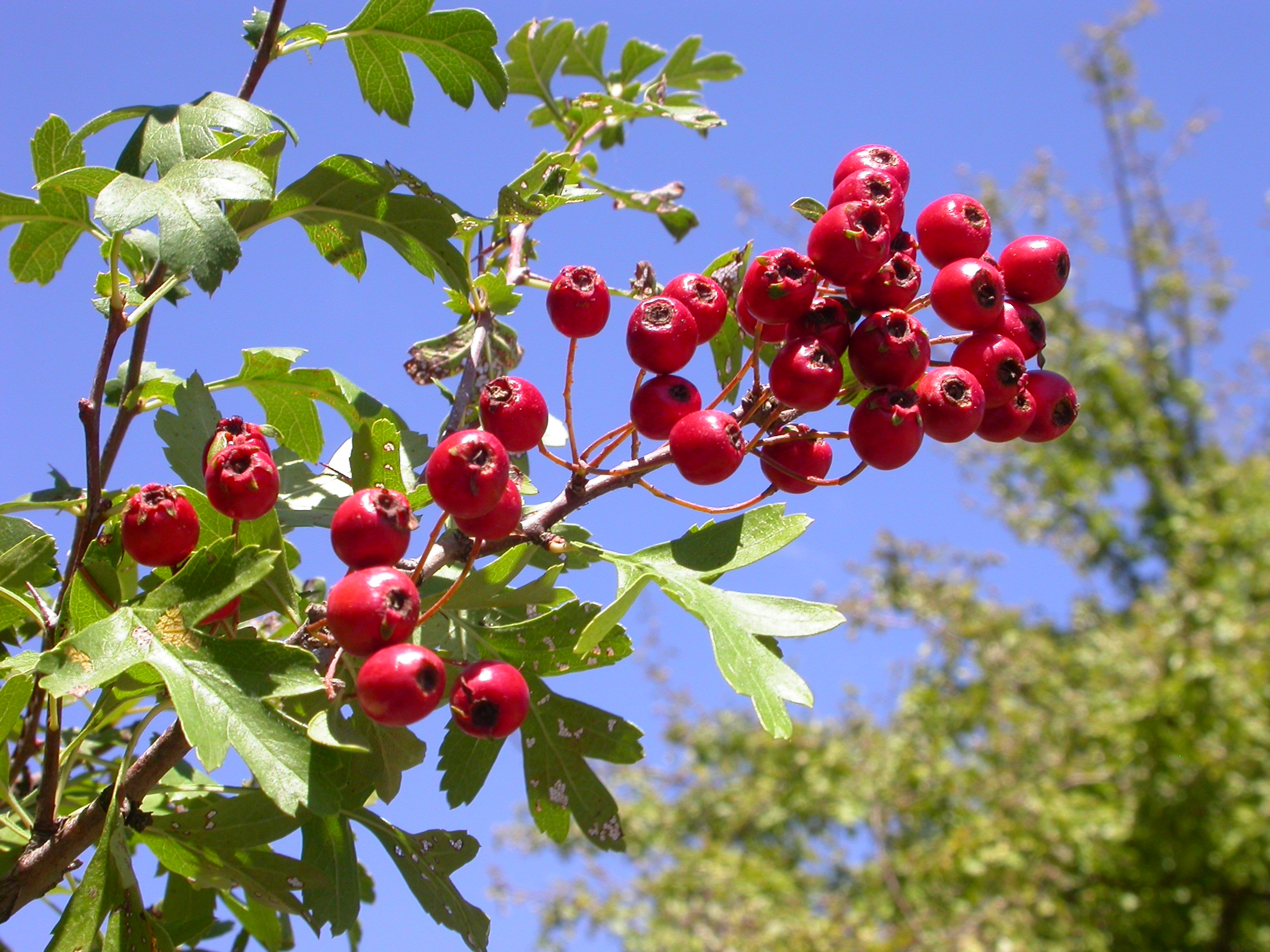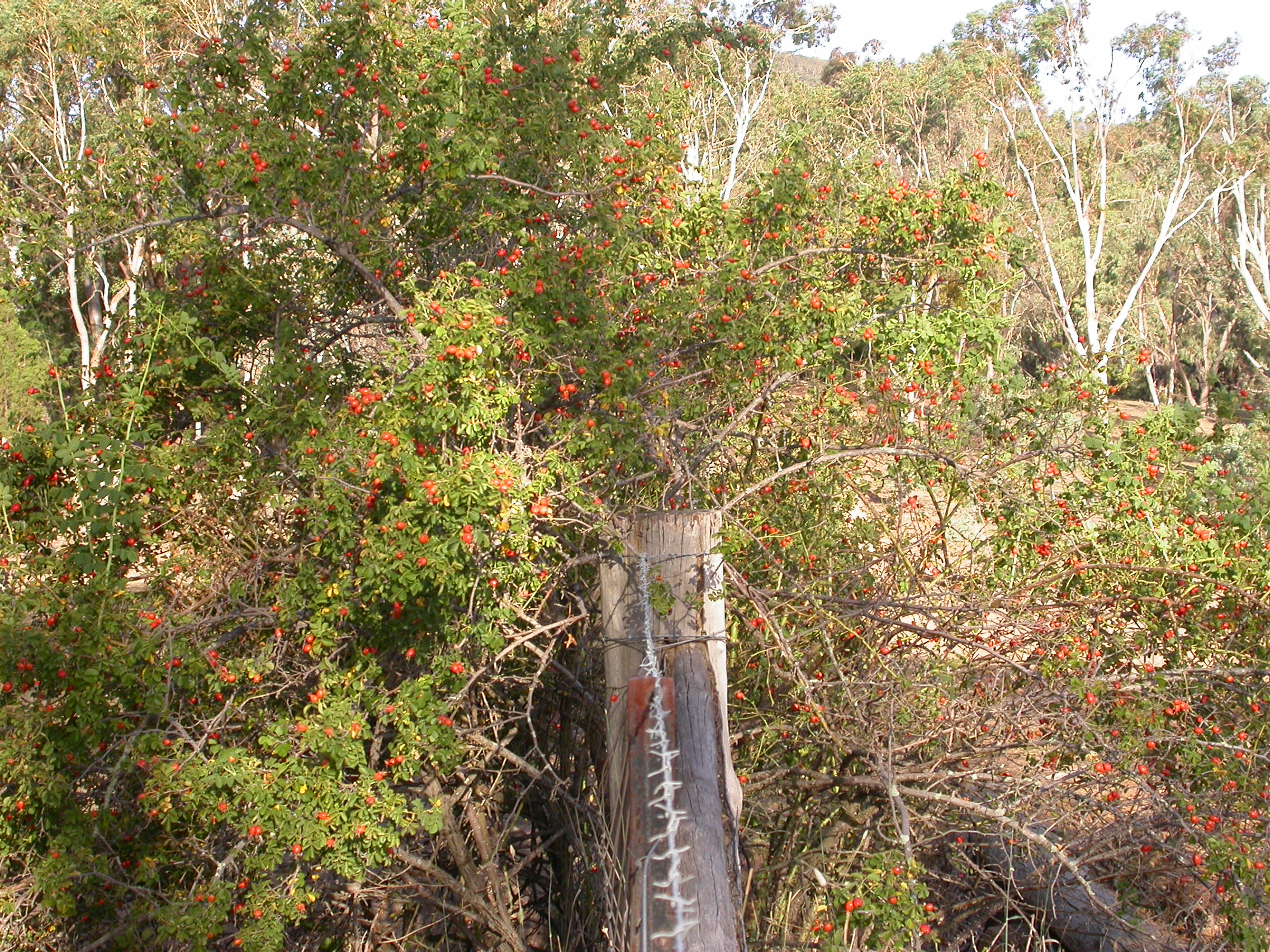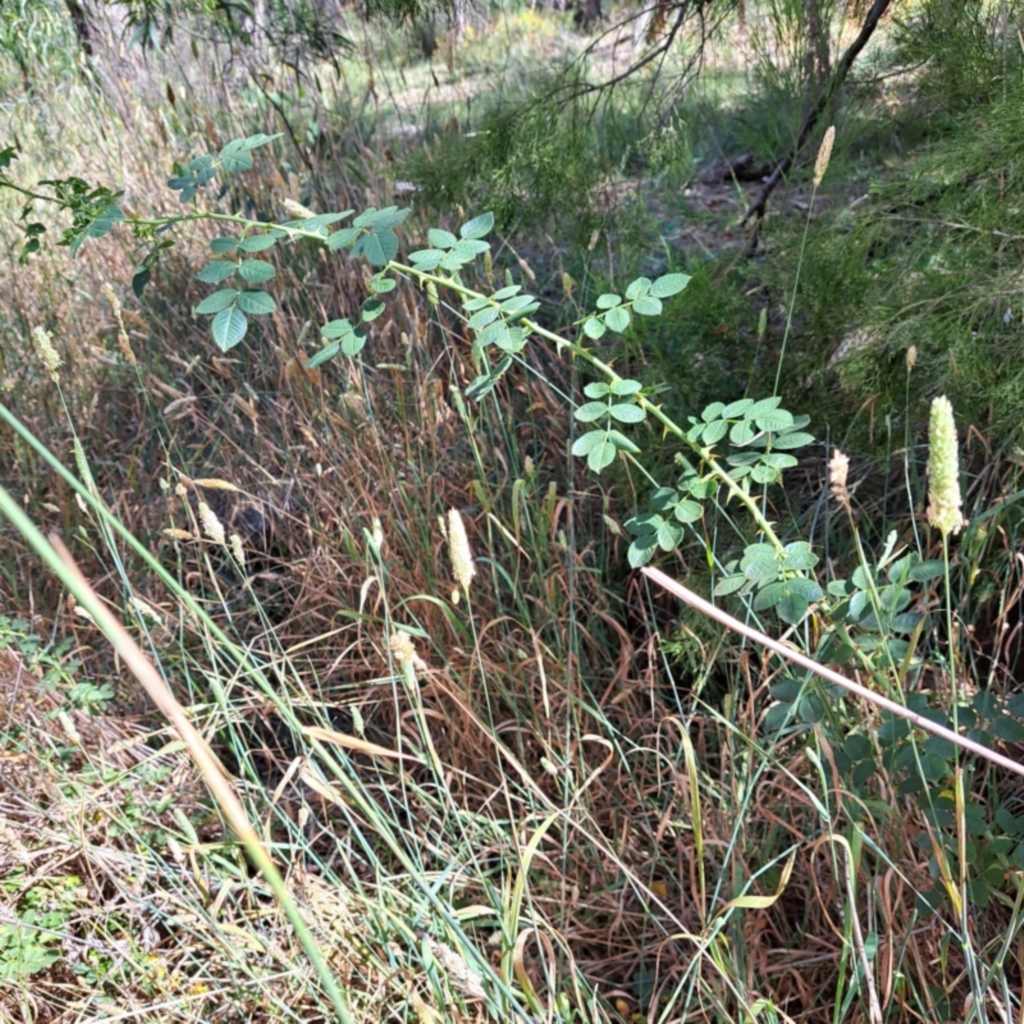
Hawthorn, Crataegus monogyna is one of weeds targeted for removal at the March working party (Photo W. Pix).
Come and assist nature on Mt Majura’s west slope; join the Friends of Mount Majura (FoMM) to help tackle woody weeds in critically endangered grassy woodlands; learn about the nature reserve’s rich biodiversity and enjoy some great company while you are working.
Early autumn is a good time to tackle exotic deciduous woody weeds, before they shut down for the cooler months. So this March we tackle many small invasive shrubs and trees along Oldfields Lane and in the strip of bushland just to the north of the Lane shown in the target area outlined in purple in the map below.
When: Sunday, 17 March 2024 from 9.00 am to 12.00 noon.
Where: Meet at the nature park entrance Antill Street, North Watson; click on this map with the meeting and volunteer registration point and purple outlined the target area.
Bring and wear: Sun protection, sturdy boots, body covering garden clothing and garden gloves if you have them; we’ll provide tools, herbicide and nitrile gloves to tackle the weeds.
Enquiries: secretary@majura.org
Please be punctual. We will leave the meeting point at the gate shortly after 9.00 am to walk to the target area and provide an introduction of the safe handling of equipment and herbicide; most of us will be working in pairs; if you do not like to use herbicide you may choose to be the cutter.
What kind of woody weeds to expect
Oldfields Lane goes from Antill Street east through endangered box – gum woodland country containing a good variety of native wildflowers, so it is important to restrict the spread of invasive weeds to allow the wildlife in this area to thrive. The Lane itself is quite weedy with Sweet Briar roses (Rosa rubiginosa) and small Hawthorns (Crataegus monogyna), Nettle Trees (Celtis australis) and other deciduous exotic trees. There is also St John’s Wort but it is not a priority to tackle it here as it will already have seeded.
A survey of the adjacent bush away from the Lane showed many areas with few St John’s Wort plants but scattered Briars, Hawthorns, a few Cootamundra wattles and one largish Service Tree, also known as Rowan (Sorbus domestica). From the Gate (see map) in the northern fence of the Lane, it is an easy walk across to a dam where there are more Briars in the gully running into the dam.

Those were the times …
A large beast of a Sweet Briar along the Oldfields Lane fence photographed in March 2009 (W.Pix).
During a number of working bees in the past 15 years along Oldfields Lane and in the reserve north of the Oldfields Lane fence, volunteers removed all large shrubs, some with a width and a height of over 2.5m.

Most of the Briars that will be encountered at this working party are in the under 1m category with only a couple of stems or with a single stem as shown in the photograph that Barbara Read took on the 1st of March 2024 on a monitoring walk.
It is a similar story with Hawthorn, the second most prevalent woody weed. The challenge will be to spot the youngsters in tall vegetation and remove them so that they will not grow into large fruiting plants.
How to …. Control woody weeds using cut & dab and frill & fill.
Cut stems close to ground level and immediately treat cut surface with glyphosate at a high concentration e.g. 1 part glyphosate : 2 parts water; apply herbicide mix with a spray bottle or dabber.
The plant’s natural protective mechanism acts very quickly to seal off the cut surface which would stop the penetration of herbicide into the sap stream. It is therefore important to treat the cut surface immediately, i.e. within 30 seconds after cut; the longer the treatment is delayed, the poorer the result will be. If necessary, cut and treat each stem of a multi-stemmed plant separately to avoid delayed herbicide treatment.
If a tree cannot be cut quickly, a better method is frilling. Around the stem close to ground level, cut with a sharp axe pouches at an angle of about 45degrees and fill with herbicide; the pouches can touch each other but should not be more than 2 cm apart. The cuts need to be deep enough to reach the sap conducing tissue under the bark.


